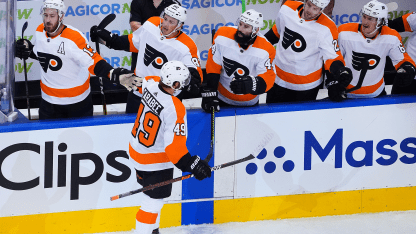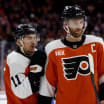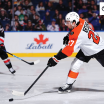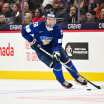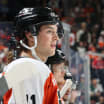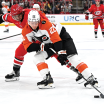It was no small feat for the Philadelphia Flyers to earn three straight regulation victories in the round-robin against the Boston Bruins, Washington Capitals and Tampa Bay Lightning in order to claim the top overall seed in the Eastern Conference heading into the playoffs. In some ways, it seemed as if the team hardly skipped a beat after a four-and-a-half month schedule break in between the start of the NHL pause and the start of the round robin.
Analysis: Why the Flyers Swept Round-Robin
